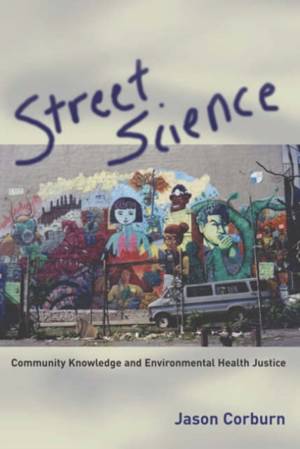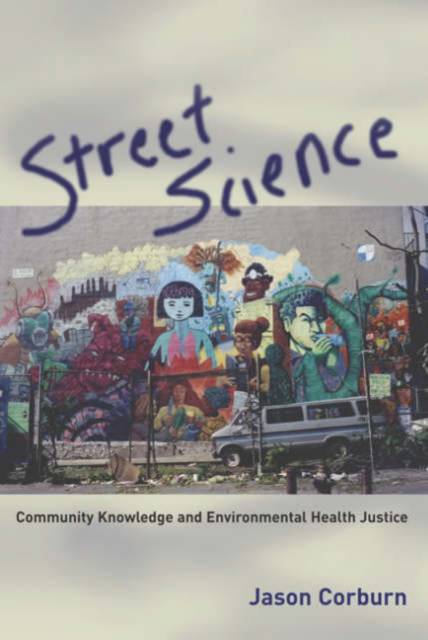
- Retrait gratuit dans votre magasin Club
- 7.000.000 titres dans notre catalogue
- Payer en toute sécurité
- Toujours un magasin près de chez vous
- Retrait gratuit dans votre magasin Club
- 7.000.0000 titres dans notre catalogue
- Payer en toute sécurité
- Toujours un magasin près de chez vous
Description
Like many other low-income urban communities, the Greenpoint/Williamsburg neighborhood of Brooklyn suffers more than its share of environmental problems, with a concentration of polluting facilities and elevated levels of localized air pollutants. Corburn looks at four instances of street science in Greenpoint/Williamsburg, where community members and professionals combined forces to address the risks from subsistence fishing from the polluted East River, the asthma epidemic in the Latino community, childhood lead poisoning, and local sources of air pollution. These episodes highlight both the successes and the limits of street science and demonstrate ways residents can establish their own credibility when working with scientists. Street science, Corburn argues, does not devalue science; it revalues other kinds of information and democratizes the inquiry and decision making processes.
Spécifications
Parties prenantes
- Auteur(s) :
- Editeur:
Contenu
- Nombre de pages :
- 282
- Langue:
- Anglais
- Collection :
Caractéristiques
- EAN:
- 9780262532723
- Date de parution :
- 19-08-05
- Format:
- Livre broché
- Format numérique:
- Trade paperback (VS)
- Dimensions :
- 154 mm x 230 mm
- Poids :
- 394 g

Les avis
Nous publions uniquement les avis qui respectent les conditions requises. Consultez nos conditions pour les avis.






